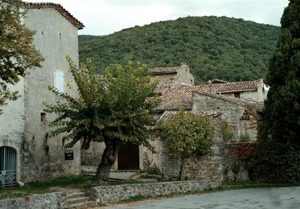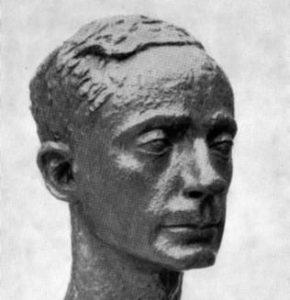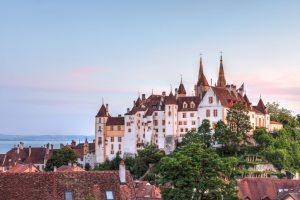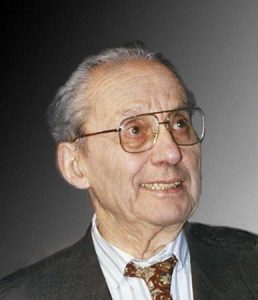Her training
She was born in Switzerland in 1865. Her father was a French pastor, and her mother from the Vaud valley in Piedmont. She lived in France for 14 years as her father was a pastor with the parishes of Ollières and then Bourg-en-Bresse. She started her drawing and painting training as soon as her family moved back to Switzerland. In 1896 she pursued her studies in Paris along with noteworthy religious and charitable activities, such as the Committee for Hope, and the Blue Cross.
When she moved back to Switzerland she devoted her life as an artist to social activities, especially for women.
She regularly came and stayed in the Cévennes region where her ancestors had suffered from intolerance after the revocation of the Edict of Nantes. She kept in touch with the Musée du Désert, a source of inspiration and a repository for many objects dating from the Désert which she represented in her work.
Protestant history in Jeanne Lombard's work
She was led by her faith and developed her art on the theme of religious memory. She painted still lives and portraits regularly interspersed with large paintings on Huguenot or Cévennes themes, such as :
- Women prisoners in the Tour de Constance (1907)
- Funeral Service in the High Cévennes (1918)
- Women reading the Bible by the hearth (1919)
- The clandestine baptism (1925)
- [glsosary_exclude]The Desert Assembly (1934)
When she was 73 she signed her last large canvas called Women prisoners reading the Bible in the Tour de Constance to be exhibited at the Musée du Désert in 1938, as her social activities still went strong.
She died in 1945 after producing paintings for 65 years, thus leaving a testimony of her faith expressed through her art featuring the Huguenot memory.








